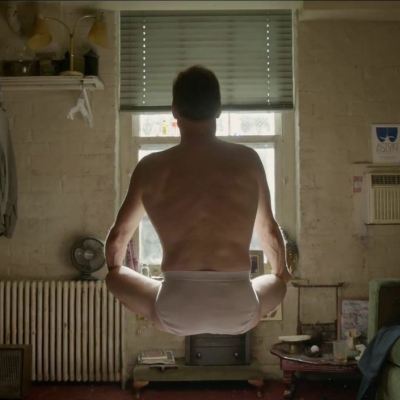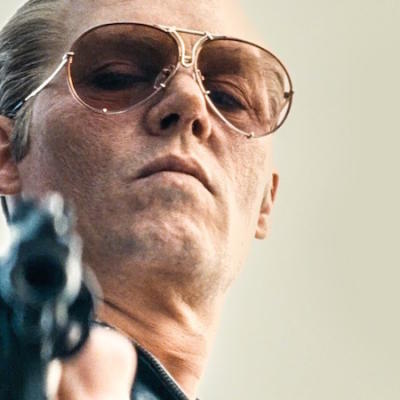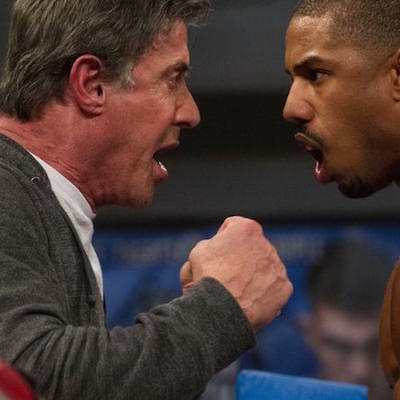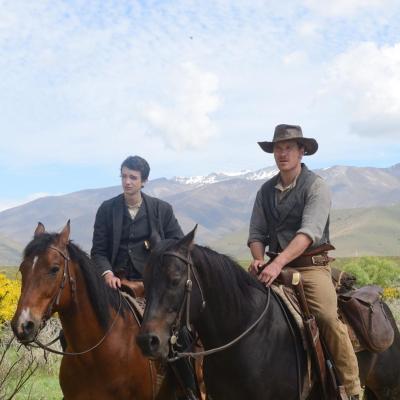Anticipation has been high for the next project for director Alejandro González Iñárritu coming off the critically lauded Best Picture Oscar winner Birdman. After the inventive comedy drama, a grisly neo-Western seems like a sudden turn into unfamiliar territory, but looking at the director’s back catalogue, The Revenant fits in perfectly. Iñárritu has long had a fascination with death – Amores perros (2001), 21 Grams (2003) and Babel (2006) are referred to as the “Death Trilogy" – and death haunts The Revenant just like any other Western. The question is whether this film can succeed in making its many moments of painstakingly orchestrated violence mean anything.
The Revenant, based on the novel The Revenant: A Novel of Revenge (in turn based on true events) by Michael Punke is set in 1823, and centred on a group of commercial trappers and hunters collecting valuable animal pelts in the wilderness of the Louisiana Purchase. The film thrusts us almost immediately into the action as a cavalry of Pawnee Native Americans, who are searching for their leader’s kidnapped daughter, attacks the group. While hurriedly escaping the threat of the natives, one of the hunters, Hugh Glass, who is traveling with his part-native son Hawk, is violently mauled by a bear, rendering him unable to travel unaided. A decision is made that his son and two others, including the treacherous John Fitzgerald (Tom Hardy) will stay with him until help can be sent.
The long takes that are the trademark of cinematographer Emmanuel Lubezki (Gravity, Birdman) make the action immediate and immersive. The film is remarkably constructed in the way that it effortlessly folds very effective special effects and modest amounts of CGI into fluidly moving and crowded shots. The scene in which Glass is forced to confront the she-bear that sets the events of the film in motion is enthralling and sickening at once and never less than completely believable. The slightly warped, minimalist score by Japanese musician Ryuichi Sakamoto in collaboration with indie rock band The National's Bryce Dessner and German electronic musician Alva Noto, while at times a little heavy-handed in its portentousness, creates a warped and tense atmosphere to match the dizzying visuals.
This is a long, sprawling film, running for more than two-and-a-half hours, and aside from Glass’s return from the brink of death, many revolving subplots are introduced. The only female character (aside from the bear) to play an important role in the film is Powaqa (Melaw Nakehk’o), the kidnapped Pawnee woman. When she is first mentioned, it is in the context of an impassioned comment against the violence and displacement caused by colonialism, and seems to point to far-reaching, allegorical themes. However, none of the film’s Native American characters are given anything in the way of personality and remain little more than caricatures. The subplot of Powaqa is never really resolved thematically, nor is the backstory of Glass and his relationship with Hawk’s mother, which is only suggested through fractured dream sequences. To the film’s detriment, these underdeveloped stories only serve to create a tone of the “white saviour” in Glass’s character.
Leonardo DiCaprio’s performance as Glass is currently considered the most likely to take out Best Actor at this year’s Academy Awards. It’s become a running joke at this point that the man has been nominated several times and never received the award, but The Revenant doesn’t make much of a case in his favour. There is nothing wrong with his performance, and he is the strongest in the cast, but with the muddled backstory and characterisation afforded by the screenplay, there is little for him to really sink his teeth into. Of the supporting cast, Tom Hardy is delightfully amoral as John Fitzgerald, and in the small but important role of the young Jim Bridger, Will Poulter does a wonderful job.
As a technical achievement, The Revenant is often breathtaking, but there is a lopsided aspect to its storytelling and ultimately its execution. The dynamism of the visuals doesn’t match the narrative, which is unsteadily paced and lacking in momentum. It’s particularly disappointing in the hands of Iñárritu, whose previous films have been tightly constructed in every aspect and showed a remarkable ability to use symbolism and reflexive modes of narrative to create strong, allegorical wholes. Ultimately, the relentless loss of life in the bloodthirsty revenge story that The Revenant becomes fails to resonate in a significant way.
The Revenant is in cinemas now.




